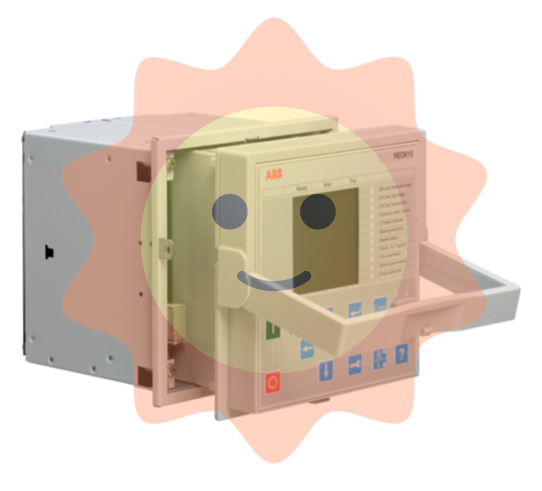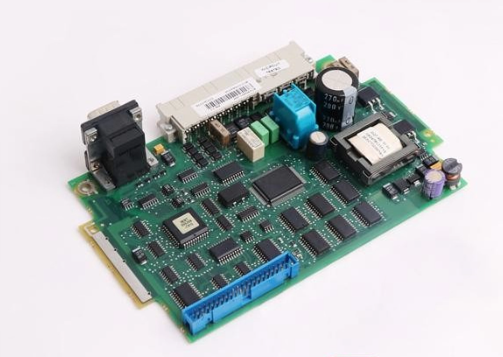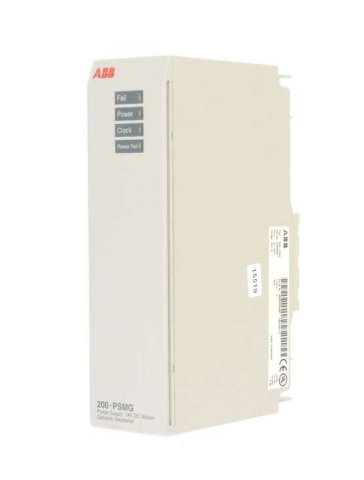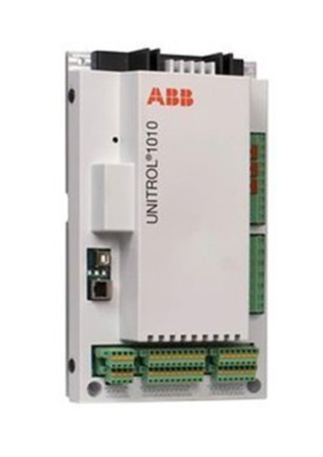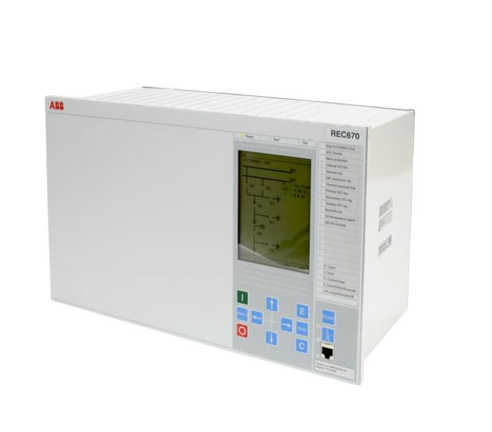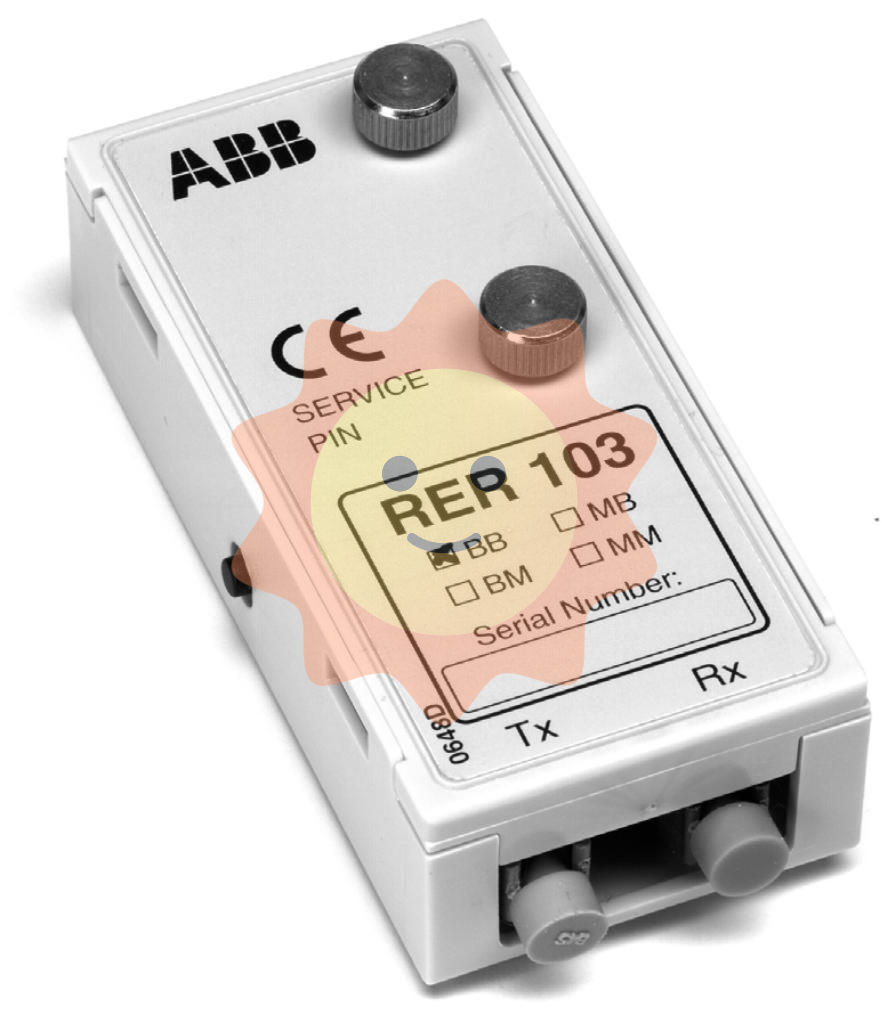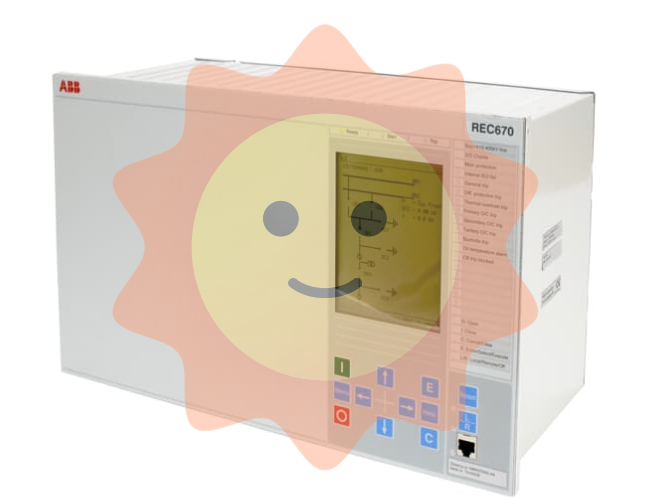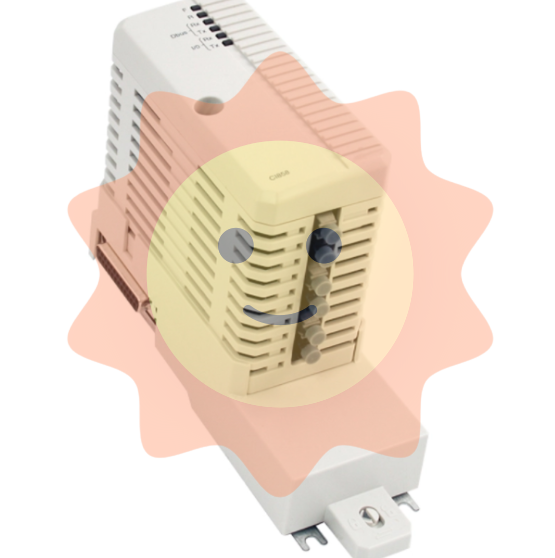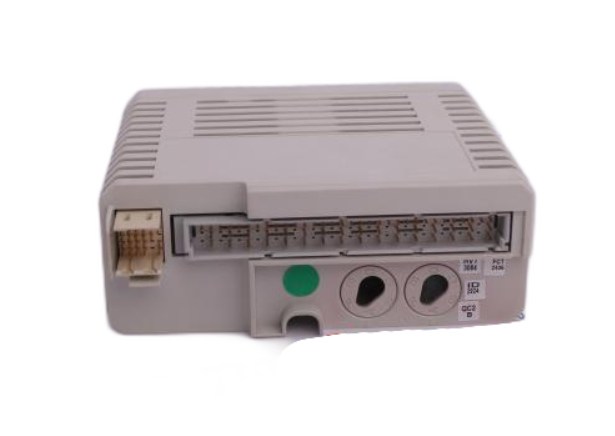Watlow Power Series microprocessor based SCR power controller
Phase angle control controls the conduction angle of SCR within the power cycle (0-180 °), achieving extremely fast continuous power regulation response (cycle level), supporting soft start/current limiting noise (RFI), high harmonic pollution, transformer coupling load, and nonlinear loads that require precise temperature control
The DC contactor mode has only 0%/100% output, triggering threshold of 2.0V/3.5V (voltage), 5.0mA/8.0mA (current), and simple control. It is suitable for heating scenarios without power regulation capability and only requires on-off control (such as insulation)
3. Alarm system and security protection
Alarm type and triggering conditions:
Suggestions for handling the triggering conditions of alarm identification
[Open] If the heater has an open circuit of 20% or more power and the current is ≤ 2A, check the wiring and resistance value of the heater
[tol] If the load tolerance current exceeds the range of [tol_] - [tol –] (above 20% power), check for heater aging or short circuit, and adjust the tolerance threshold
[` OT] Heat sink overheating Heat sink temperature>factory set value ([sd Ç `]) Clean the heat sink, optimize chassis cooling, check the fan
[line] Line voltage loss, zero crossing signal loss, voltage<1/2 of reference voltage, polarity error. Check the power supply wiring and voltage, and view the specific fault type through the diagnostic menu ([diAg])
[p bal] Phase imbalance. If the difference in three-phase current exceeds the set value (ldif), check the three-phase load and wiring to ensure phase balance
[Dog] Communication watchdog timeout without communication ([` seC] parameter setting) Check the communication wiring and parameters to confirm that the main device is normal
Flexibility of alarm configuration:
Global mode: Set all alarms to "Standard (Std)/Locked (Lat)/Silent (Sil)/Locked+Silent (LaSI)" through the [glblbl] parameter.
Individual configuration: When [glbl] is set to "Off", each alarm type can be configured separately to meet different security level requirements.
Relay status: Select the "power on (alC)" or "power off (alO)" of the relay when the alarm is triggered through the [a | lgc] parameter, and the default power off trigger is triggered (safer, avoiding missed reporting in case of power loss).
4. Communication and signal retransmission
Modbus RTU communication:
Hardware interface: RS-232 (single device) or RS-485 (multiple devices, up to 247 units, requiring repeaters), isolated design to prevent interference.
Core parameters: device address (1-247), baud rate (1200/2400/4800/9600/19200bps), data format (8N1, fixed), watchdog timeout (0-9999 seconds, 0 disabled).
Register function: Supports reading input/output values (such as [` In], [` Out]), configuration parameters (such as control algorithms, alarm modes), diagnostic information (such as error codes), and can read up to 32 registers at a time.
Signal Retransmit:
Applicable conditions: Both heater diagnosis and retransmission functions (marked with "1" and "1" in the model) need to be selected simultaneously.
Configuration steps:
Select the retransmission type ([type]): current ([CUr]) or power ([Hua]).
Select the retransmission phase/region (phas/one), three-phase equipment only supports single region.
Scaling range: If 4-20mA corresponds to 50-250A current, [Cur_]=50 and [Cur -]=250 need to be set.
Accuracy guarantee: current retransmission resolution of 5 μ A, voltage retransmission resolution of 2.5mV, temperature stability of 100ppm/° C.
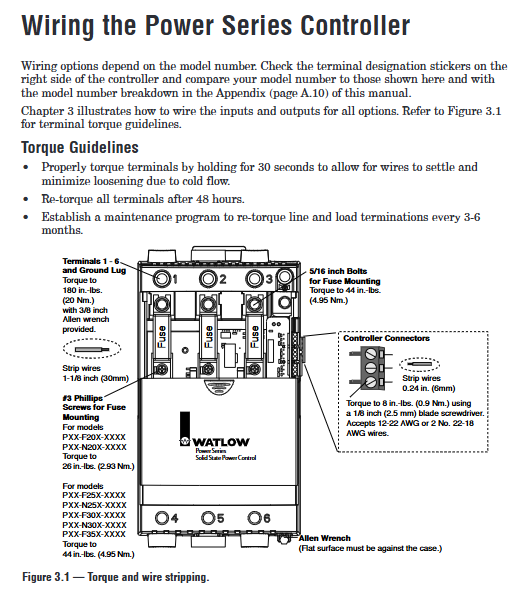
Installation and wiring specifications
(1) Preparation before installation
Environmental assessment:
Temperature: Ensure that the maximum temperature inside the chassis is ≤ 50 ° C (reference record), and additional cooling equipment (such as fans and eddy current coolers) is required if it exceeds this limit.
Space: Vertical installation, with 9 inches (228.6mm) of space reserved at the top/bottom to achieve the "chimney effect" heat dissipation; When multiple units are installed in parallel, the spacing should be ≥ 305mm (12 inches) to avoid thermal stacking.
Pollution: Avoid corrosive gases, oil mist, and high dust environments. If unavoidable, protective enclosures (IP54 or above) should be installed.
Tools and accessories:
Installation tools: Phillips # 3 screwdriver, 3/8-inch hex wrench (terminal torque), torque wrench (180 in lbs range).
Essential accessories: semiconductor fuses (matched by model, such as 65A controller with 100A fuses), grounding wires (with the same specifications as power lines), shielding wires (for communication and signal retransmission).
(2) Detailed installation steps
1. Panel installation (N20-F30 model)
Process panel cuts according to dimensions of 55mm × 55mm (± 0.5mm), with a panel thickness of 1.5-9.7mm.
Fixed mounting plate: Use 4 # 10-1/4 inch screws (provided by the user) to secure the mounting plate to the panel with a torque of 8-10 in lbs.
Install controller: Align the positioning pin on the controller heat sink with the key slot on the mounting plate, push in and press down until the buckle is securely fastened, and confirm that there is no looseness.
- EMERSON
- Honeywell
- CTI
- Rolls-Royce
- General Electric
- Woodward
- Yaskawa
- xYCOM
- Motorola
- Siemens
- Rockwell
- ABB
- B&R
- HIMA
- Construction site
- electricity
- Automobile market
- PLC
- DCS
- Motor drivers
- VSD
- Implications
- cement
- CO2
- CEM
- methane
- Artificial intelligence
- Titanic
- Solar energy
- Hydrogen fuel cell
- Hydrogen and fuel cells
- Hydrogen and oxygen fuel cells
- tyre
- Chemical fiber
- dynamo
- corpuscle
- Pulp and paper
- printing
- fossil
- FANUC
- Food and beverage
- Life science
- Sewage treatment
- Personal care
- electricity
- boats
- infrastructure
- Automobile industry
- metallurgy
- Nuclear power generation
- Geothermal power generation
- Water and wastewater
- Infrastructure construction
- Mine hazard
- steel
- papermaking
- Natural gas industry
- Infrastructure construction
- Power and energy
- Rubber and plastic
- Renewable energy
- pharmacy
- mining
- Plastic industry
- Schneider
- Kongsberg
- NI
- Wind energy
- International petroleum
- International new energy network
- gas
- WATLOW
- ProSoft
- SEW
- wind
- ADVANCED
- Reliance
- YOKOGAWA
- TRICONEX
- FOXBORO
- METSO
- MAN
- Advantest
- ADVANCED
- ALSTOM
- Control Wave
- AB
- AMAT
- STUDER
- KONGSBERG
- MOTOROLA
- DANAHER MOTION
- Bently
- Galil
- EATON
- MOLEX
- Triconex
- DEIF
- B&W
- ZYGO
- Aerotech
- DANFOSS
- KOLLMORGEN
- Beijer
- Endress+Hauser
- MOOG
- KB
- Moxa
- Rexroth
- YAMAHA


Email:wang@kongjiangauto.com





























































































